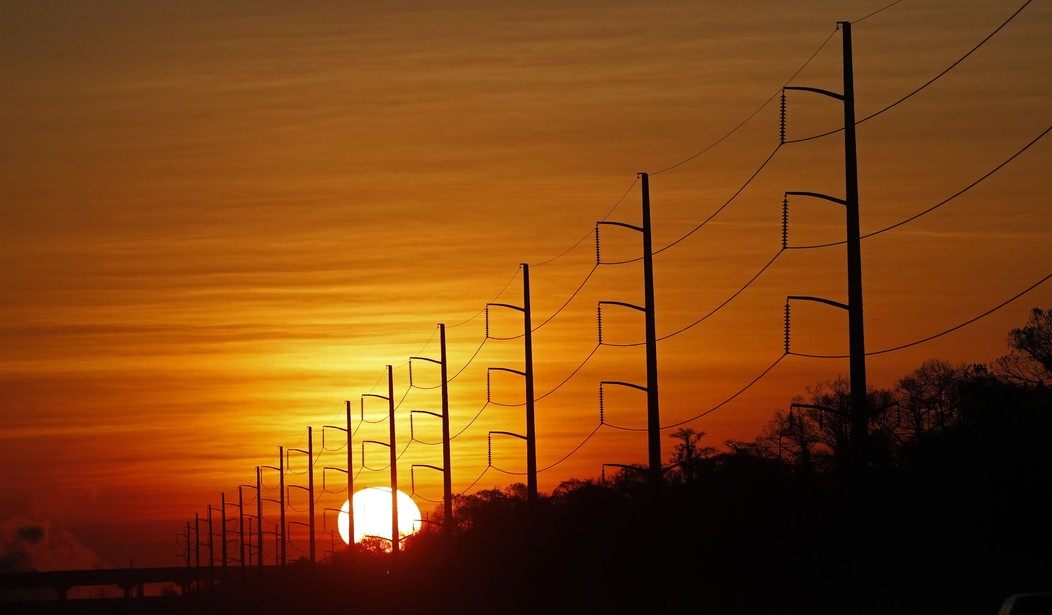South Africa is one of the most developed nations on the continent of Africa, with a GDP higher than any other nation there except Nigeria. They also boast a more advanced infrastructure than most of their neighbors. But this week you might not have been able to recognize those advancements since large parts of the country wound up being subjected to rolling blackouts for large portions of each day. Many residents claimed that the power was off for as much as nine hours per day. South Africa relies on electrical heating for a majority of both residential and business properties and winter has arrived there, so the situation is growing critical. But these outages didn’t have anything to do with winter storms or other natural disasters. Like many other countries, South Africa’s electrical grid simply couldn’t keep up with the demand for power, and the main utility company in the country, Eskom, was forced to cycle the power off to avoid having the grid collapse entirely. (Associated Press)
South Africans are struggling in the dark to cope with increased power cuts that have hit households and businesses across the country.
The rolling power cuts have been experienced for years but this week the country’s state-owned power utility Eskom extended them so that some residents and businesses have gone without power for more than 9 hours a day.
A strike by Eskom workers added to the utility’s woes including breakdowns of its aging coal-fired power plants, insufficient generation capacity and corruption, according to experts.
Eskom has already released a statement saying that the blackouts are not a temporary situation. They estimate that it will take “years” to stabilize the power grid, assuming they can manage the feat at all.
This didn’t need to happen. South Africa has always relied primarily on coal-fired power plants because the country sits on rich deposits of coal. But their leaders have followed the same trends we’re seeing in other developed nations around the world, growing “squeamish” about using coal and looking to set up more solar and wind energy farms. Maintenance of some of the coal plants has been neglected because they anticipated the eventual closure of those facilities. Some of them have gone offline.
Meanwhile, demand for electricity has only increased. When people attempt to draw more electricity off the grid than it’s capable of producing, bad things happen. Hence the planned, rolling blackouts by Eskom. They can’t simply wave a magic wand and make more energy appear.
Does any of this sound familiar? It should. As we previously explored here in detail, these types of blackouts are now taking place around the world. Large portions of northwestern Europe wound up sitting in the dark last fall when the North Sea winds stopped blowing for weeks on end.
But don’t be fooled into thinking this is just an African problem or a European problem. The blackouts have already begun in the United States. Thus far they have primarily been limited to California and Texas, but that’s about to change as we move further into the summer. Rolling blackouts are expected to impact at least 14 other US states this summer and there will likely be even bigger shortages in the winter if we see a significant cold snap.
The warning bells have been ringing for some time now and the utility companies around the country have made the situation clear. It will require government action and cooperation to significantly increase our electrical generation capacity. Our power demands have simply grown too large for our aging, primitive power grid to handle. And we’re not going to address these shortfalls with another batch of wind farms. If we fail to act immediately, much of the United States will experience what South Africa is facing today. And I can assure you that there are going to be a tremendous number of very unhappy and likely angry people out there scrambling to find candles.








Join the conversation as a VIP Member